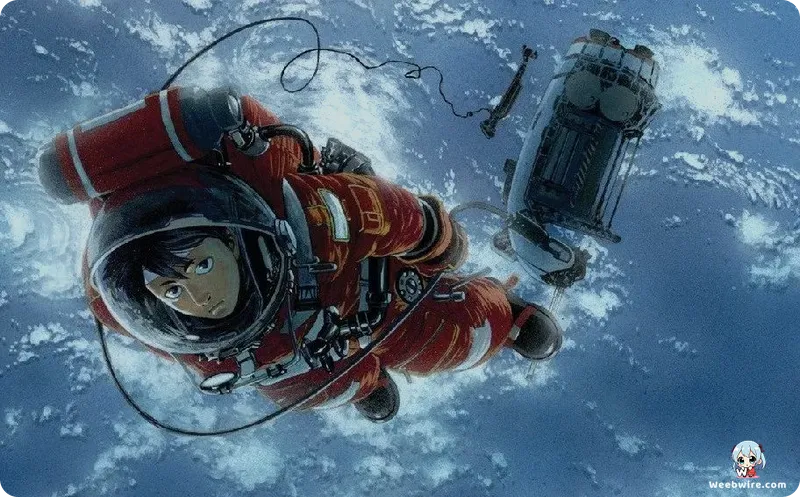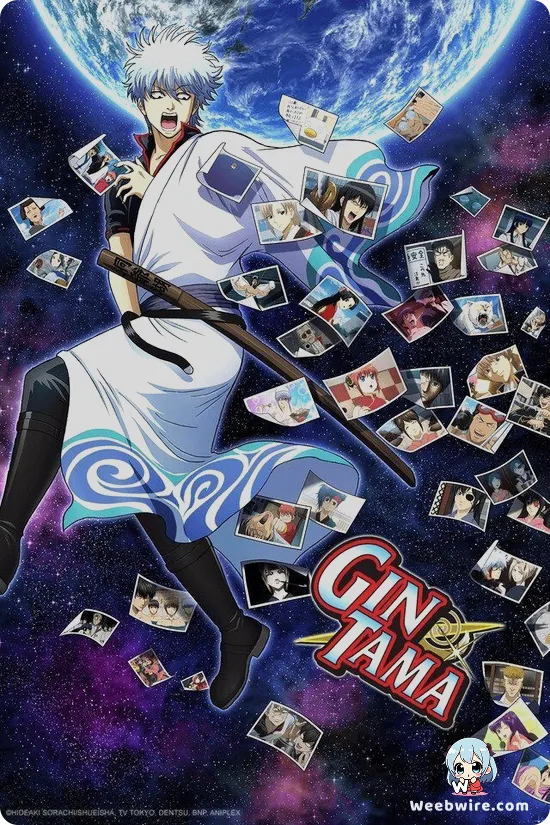Planetes Legacy: Unpacking the Hard Science and Controversial Manga Changes That Define Sunrise’s Masterpiece

When it debuted in 2003, Planetes immediately established itself as a monumental achievement in realistic science fiction, setting a high standard for grounded space narratives within the anime medium. While Studio Sunrise is often recognized for high-octane franchises such as Mobile Suit Gundam, Planetes presented a radical departure: a deeply human, character-focused drama centered on the surprisingly vital, yet often monotonous, work of space debris mitigation. This enduring legacy, following Hachirota 'Hachimaki' Hoshino and the often-derided 'Debris Section,' is built upon a foundation of meticulous scientific rigor and compelling narrative elements.
Uncompromising Dedication to Hard Science
The series' most distinguishing feature is its uncompromising dedication to hard science. Creator Makoto Yukimura, who later gained widespread acclaim for Vinland Saga, approached the concept of space colonization with scholarly precision. Both the manga and the Sunrise anime adaptation maintained this strict adherence to reality, often utilizing consultations with genuine aerospace engineers to guarantee accuracy. This commitment is vividly displayed in the portrayal of orbital dynamics. Unlike many fictional works that treat space travel like atmospheric flight, Planetes faithfully illustrates the essential calculations involving delta-v (change in velocity) and the complex, fuel-intensive logistics necessary for orbit adjustments and thruster burns, transforming even simple actions into intricate challenges.
The core conflict, the exponential threat posed by orbiting junk, was and remains a pressing real-world issue. Planetes played a crucial role in mainstreaming the concept of the Kessler Syndrome, a harrowing theoretical scenario where excessive debris density leads to a cascading chain reaction of collisions, effectively sealing off future space access. The series casts the Debris Section, mockingly dubbed the 'Half-Section' due to its paltry budget and lack of institutional respect, as the essential but underappreciated vanguard against this looming catastrophe, mirroring societal struggles in prioritizing environmental cleanup.

The Narrative Schism: Manga Versus Anime
Perhaps the greatest revelation for those who experienced both media forms is the startling narrative schism that occurs in the second half of the story. The 26-episode anime delivers a streamlined, comparatively optimistic conclusion, prioritizing Hachimaki’s personal development and his relationship with Ai Tanabe. Conversely, Yukimura’s original manga plunges into a far darker, politically expansive, and sprawling narrative. The source material intensely explores themes of space nationalism, geopolitical terrorism, and profound ethical dilemmas surrounding advanced technology, particularly the exploitation of developing nations by space-faring powers. The manga uses global instability and warfare as the ultimate canvas for human expansion into space, offering a profound contrast to the anime’s more focused, character-centric closure designed for episodic consumption.
Adding a layer of cultural depth, the protagonist's nickname, 'Hachimaki,' is derived from the Japanese word for 'headband,' a traditional garment symbolizing effort, perseverance, and determination. This seemingly minor detail perfectly captures Hachirota’s essence as a driven, working-class man focused relentlessly on achieving his dream of owning a starship. Furthermore, Sunrise's involvement showcased impressive versatility; rather than pouring resources into explosive battles, the studio masterfully animated subtle character reactions, meticulous scientific mechanics, and the quiet grandeur of the void, solidifying Planetes as a philosophical and scientifically rigorous masterpiece.
Credits
Planetes
Author
Makoto Yukimura
Cover Art
Makoto Yukimura
Studio
Sunrise
Publisher
Kodansha
Producers





